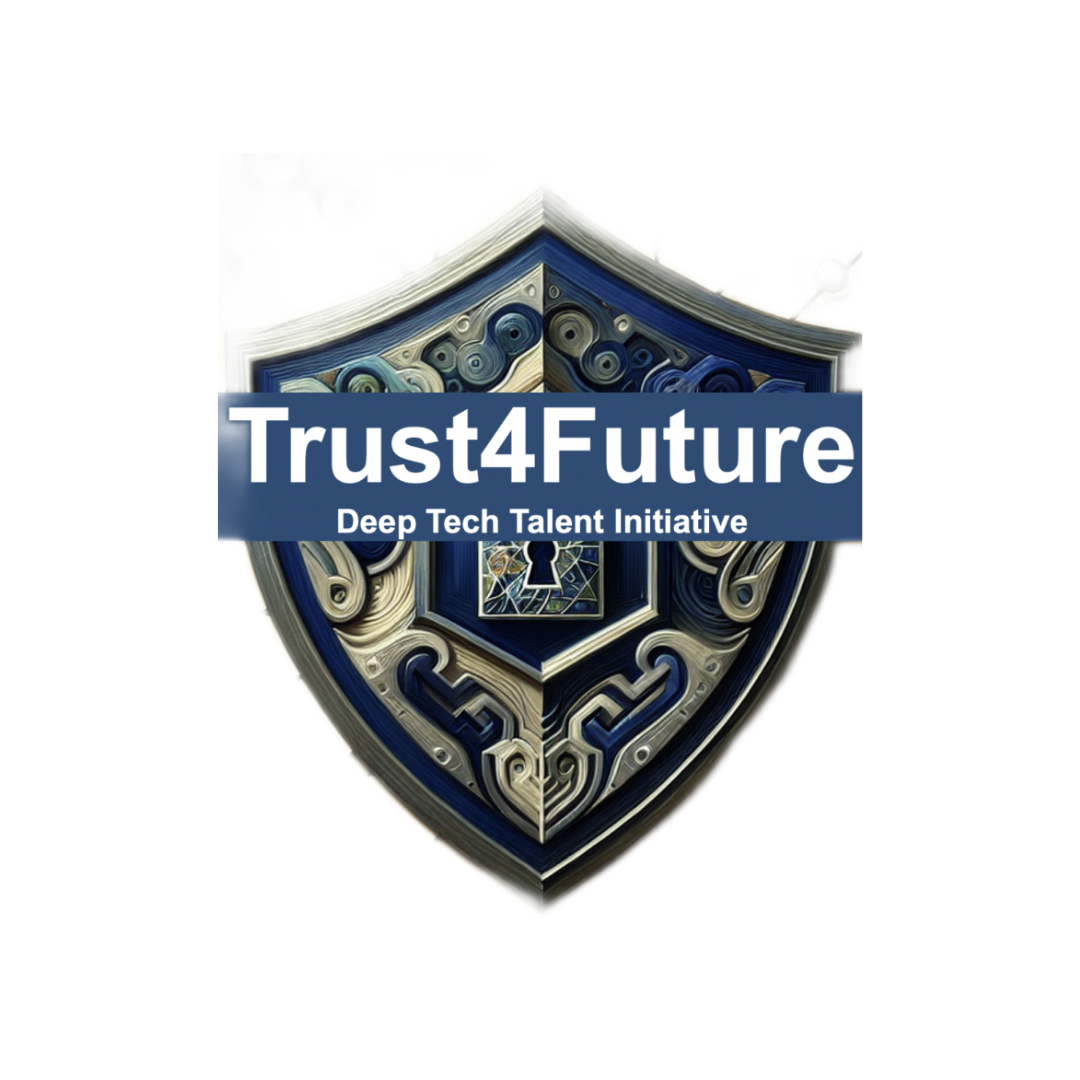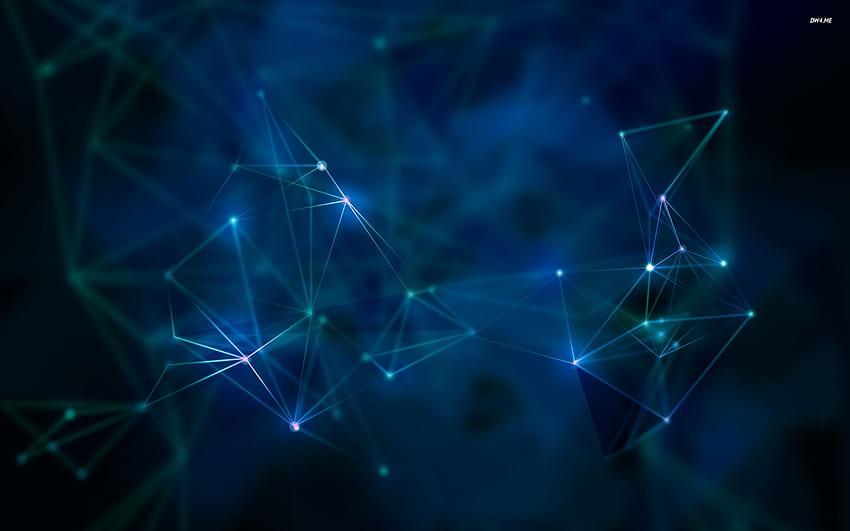The second workshop is on 7 May at 10 am (CET). If you are registered on Moodle, the link is here, and you can take a test here. The GitHub store is here.
10-11am AI and Cyber
- Presenter: Prof Bill Buchanan OBE.
11-12pm (CET): Panel
- Moderator: Prof. Dr. Gonca Telli
- Panelists:
- Prof. Dr. Fazlı Yıldırım
- Talha Demirsoy
12-1pm (CET): Break
1-2pm PQC and Quiz
- Moderator: Ali Hisham
- Presenter: Prof Bill Buchanan OBE
2-2:50pm Guest speakers
- Moderator: Prof Bill Buchanan OBE
- Panelists:
- Don Smith
3-4pm World-leader in Cryptography
- Anna Lysyanskaya
Key Principles of AI and Cyber
GenAI
- The Turing Test was devised by Alan Turing. It tests a machine for ability to exhibit human intelligence.
- There are many types of human intelligence, including spatial intelligence (picture smart), inter-personnel intelligence (people smart) and intra-personal intelligence (self smart)
- ChatGPT used for text analysis, DALLE-3 for image generation, Sora for video generation and Whisper for audio.
- Back propagation used to train a Neural Network.
- Convolution is used to convert a Neural Network input to a set of parameters.
- Forward propagation used for to fire neurons in the Neural Network.
- Hallucinations are where GenAI gets the result wrong.
- Jailbreaking an LLM involves taking it outside its limits for ethical and moral guidelines.
- The singararity is the point at which machine intelligence exceeds human intelligence.
- The first step of training an LLM is to label the required outputs behavour for training data.
- The second step of training an LLM involves a human grading a range of outputs, from best to worst.
- The third step of training an LLM involves receiving a reward for the correct outputs.
- Key threats for attacking GenAI are jailbreaks, reverse psychology, model escape and prompt injection.
- Certain key words can sometimes be used to detect the presence of LLM outputs, such as for the word of “delve”.
- Ways of detecting machine activity include forced persona, too informal and lack of a personality.
- way of detecting human activity include humanlike tone, informal tone, and SPAG (Spelling and Grammar) errors.
- Llama 3 is an open source LLM model from Meta. It is available in 3.2 billion and 70 billion parameters.
- Google created the Transformer method in 2017, and which supported the use to token predication and LSTM (Long-short-term-memory).
- ollamma is a tool to prompt the Llama 3 model.
PQC
- Quantum computers uses Qubits to process data.
- Shorr’s algorithm can crack existing public key methods.
- Gover’s algorithm can crack 128-bit symmetric key and hashing methods.
- Kyber selected for a Post Quantum Key Exchange and Public Key Encryption method, along with HQC.
- Dilithium, FALCON and SPHINCS+ selected for a Post Quantum Digital Signature method.
- The most common key exchange method is ECDH (Elliptic Curve Diffie Hellman).
- The most common digital signature methods are RSA PSS, ECDSA and EdDSA.
- The most common public key encryption method is RSA OAEP.
- Kyber (ML-KEM) is a lattice method and is standardized with the NIST defined FIPS 203 standard.
- Dilithium (ML-DSA) is a lattice method and is standardized with the NIST defined FIPS 204 standard.
- SPHINCS+ (SLH-DSA) is a hash based method and is standardized with the NIST defined FIPS 205 standard. It has small key sizes but a relatively large signature size.
- FALCON is a lattice based method and is standardized with the NIST defined FIPS 206 standard. It has smaller key and cipher sizes than Dilithium.
- HQC has been added as a key exchange alterative to Kyber (ML-KEM).

